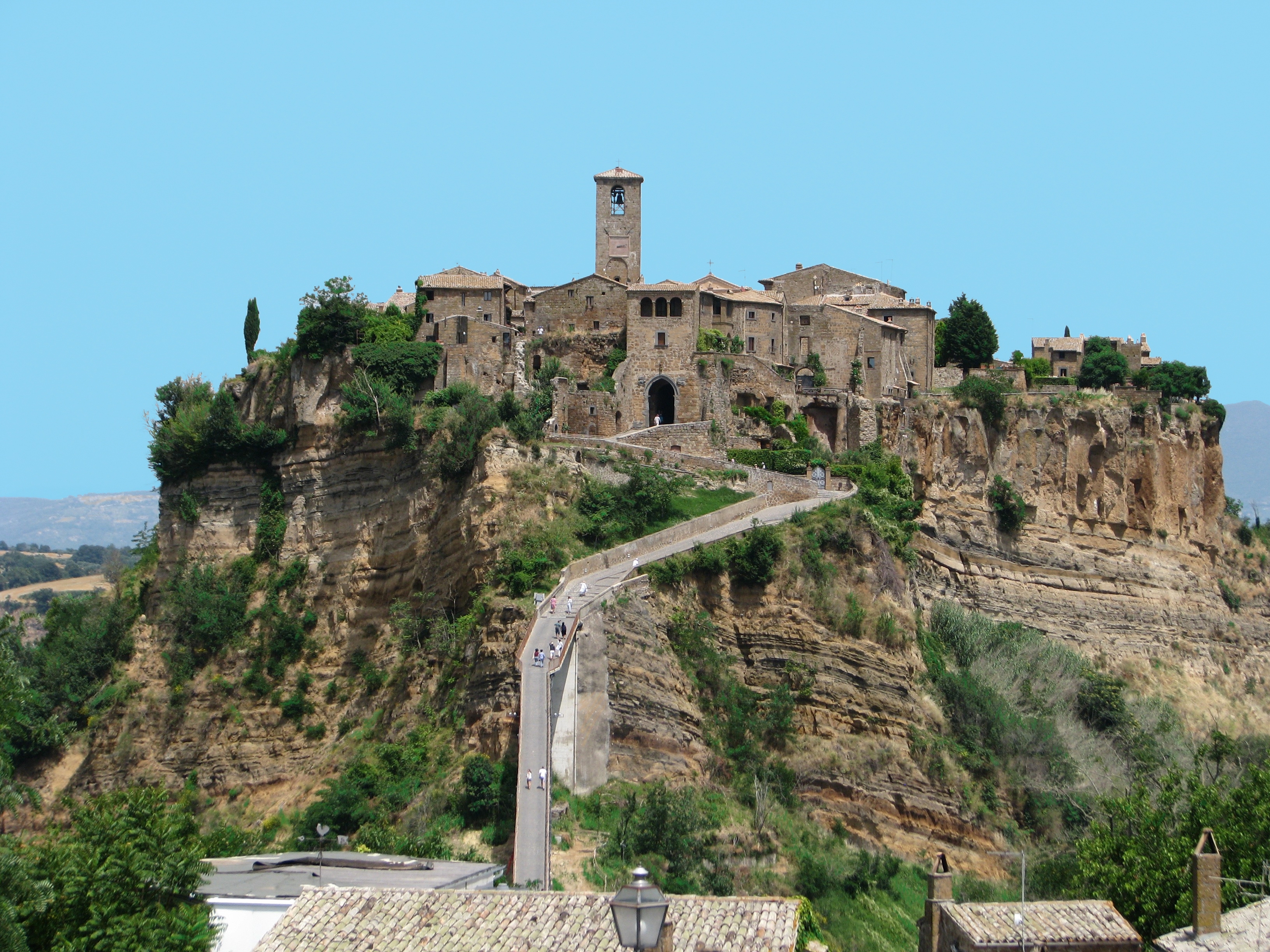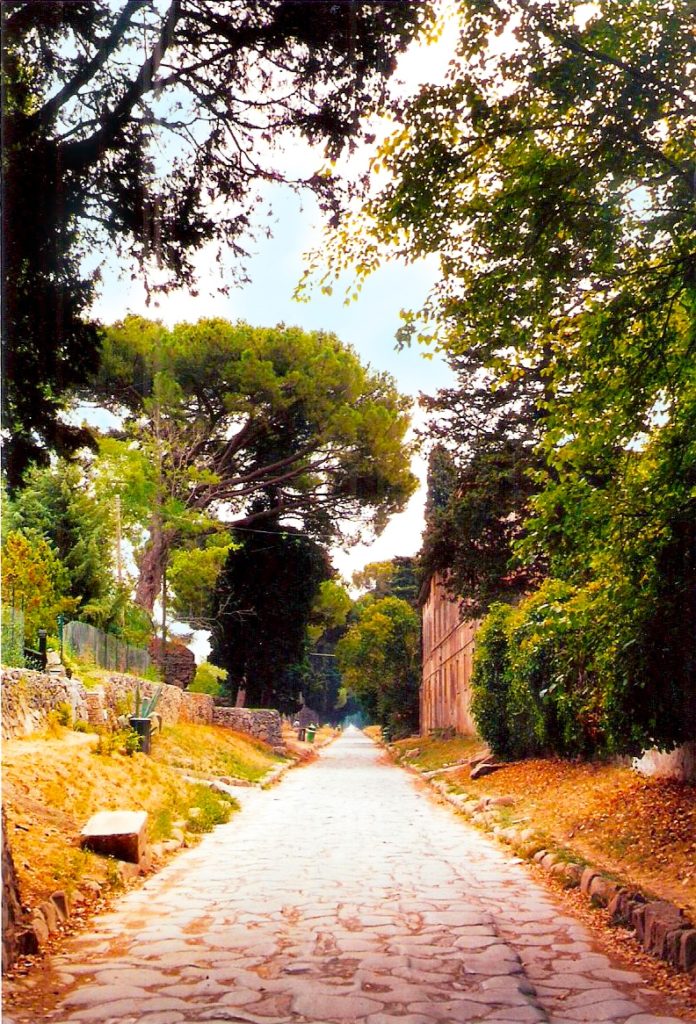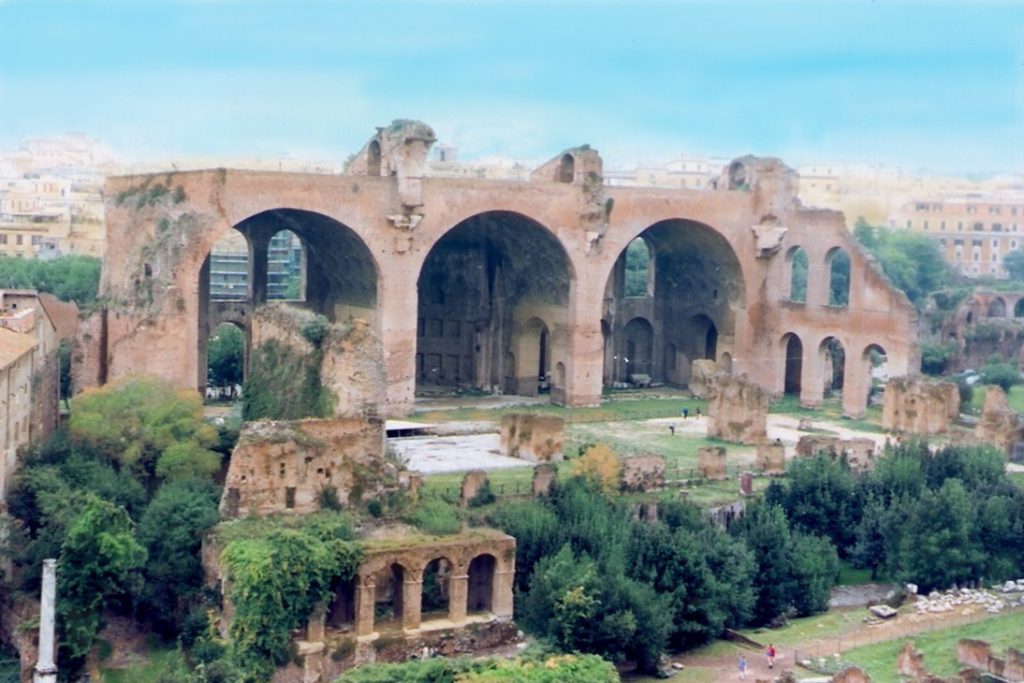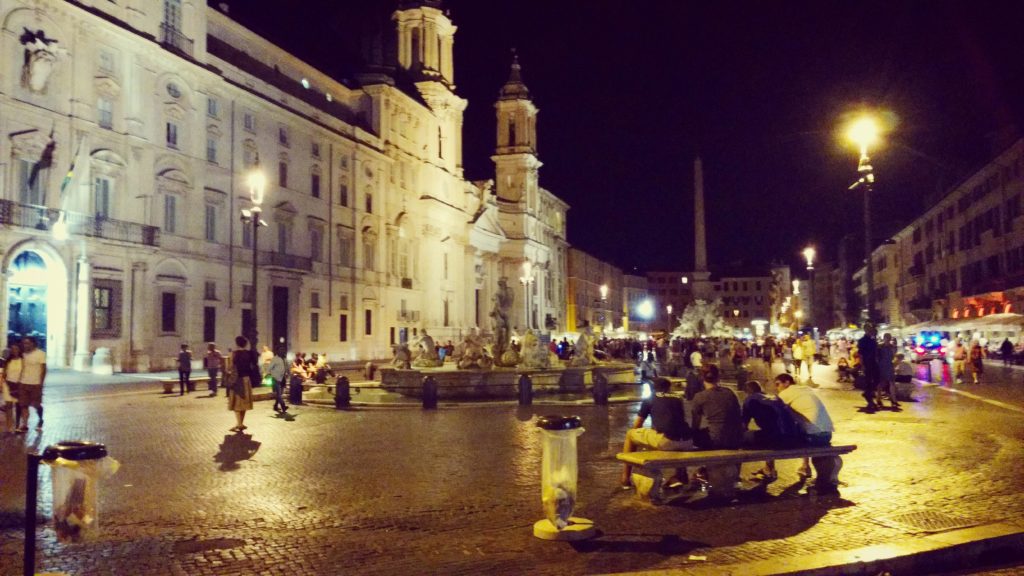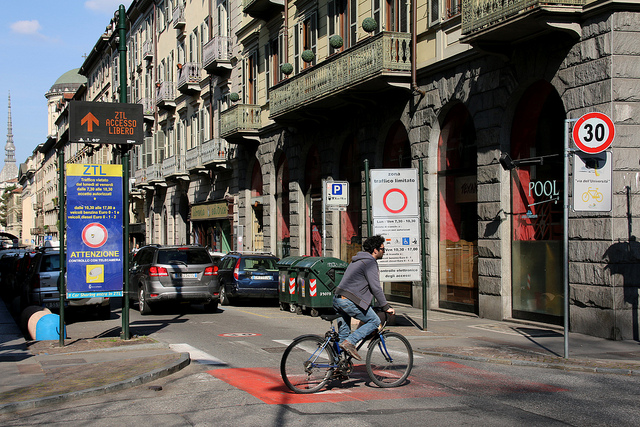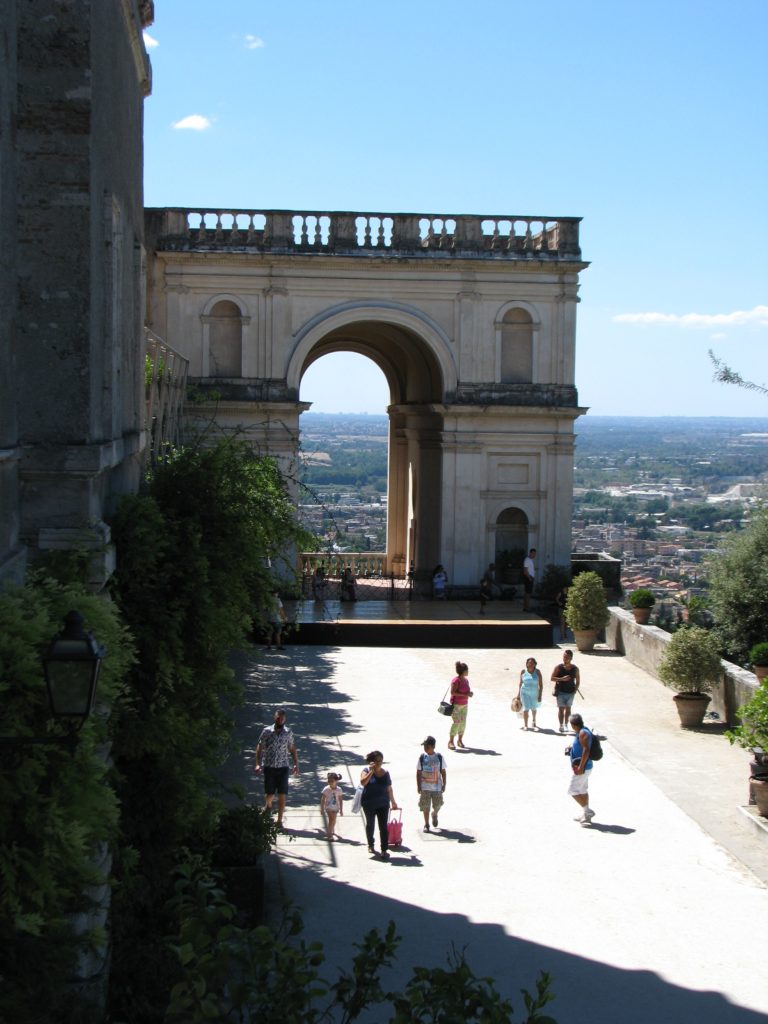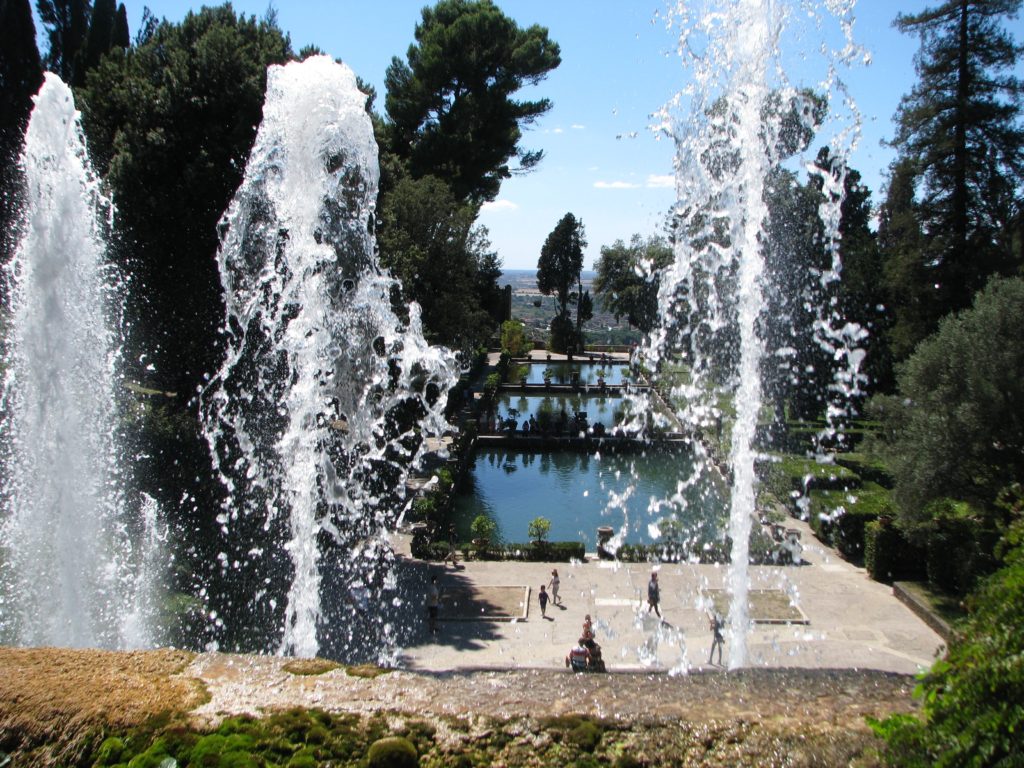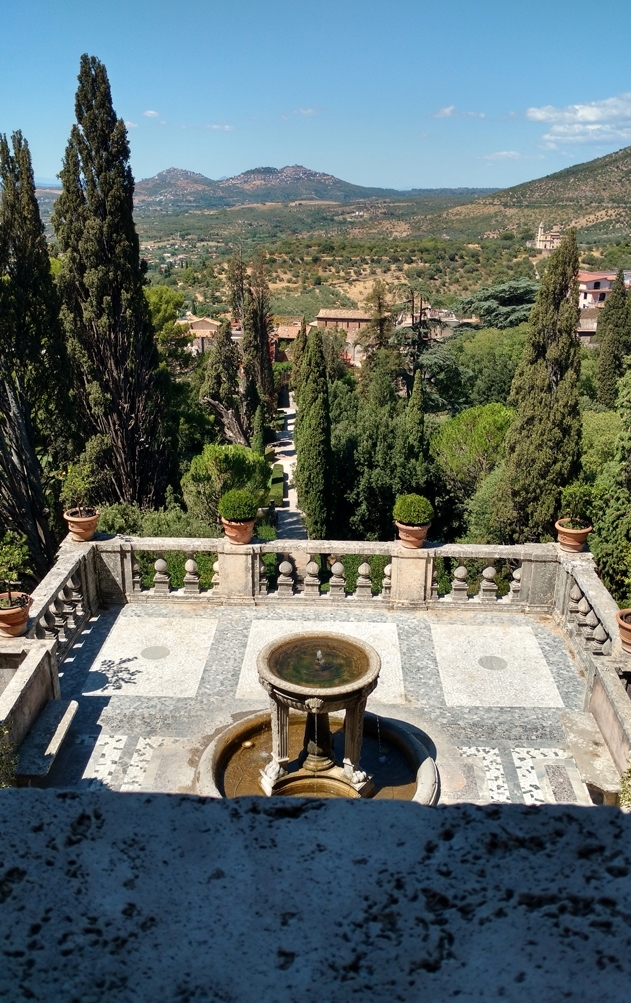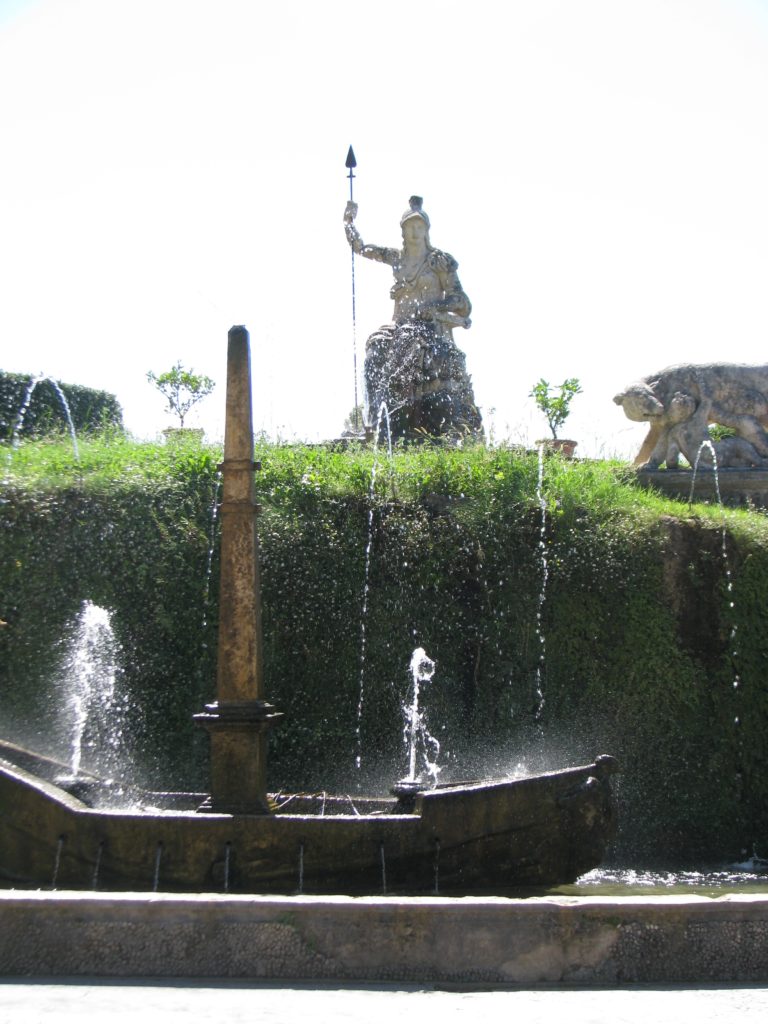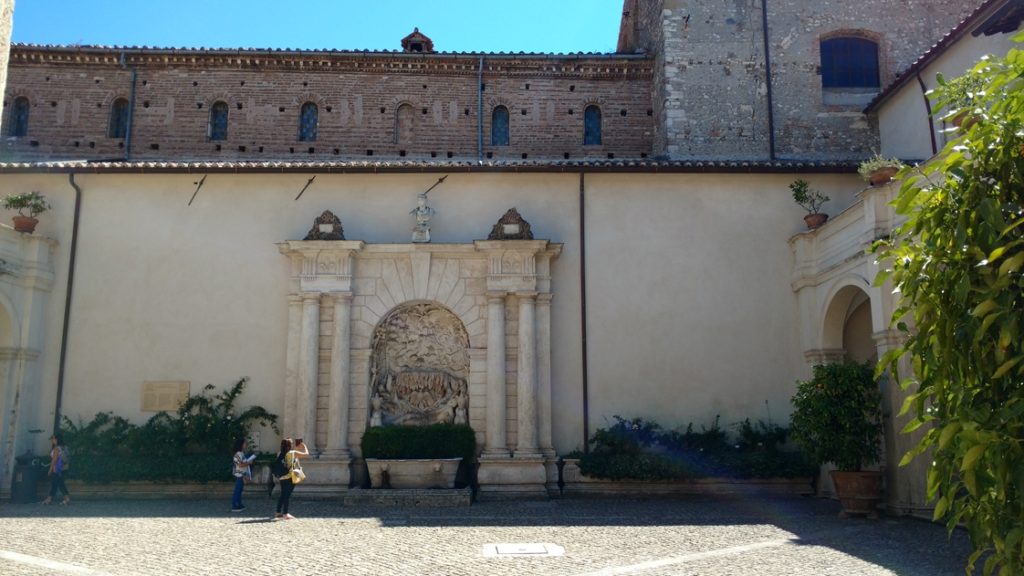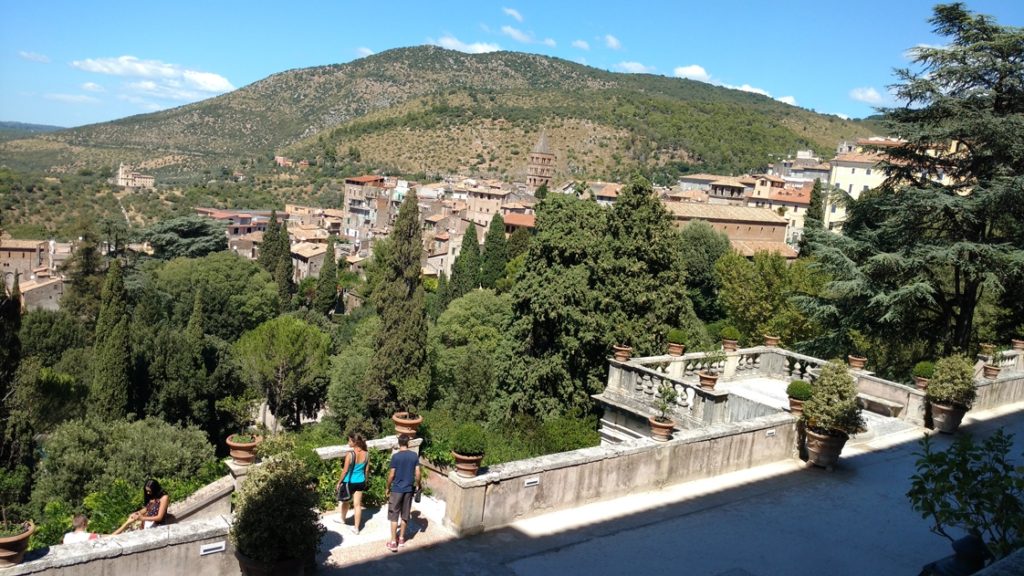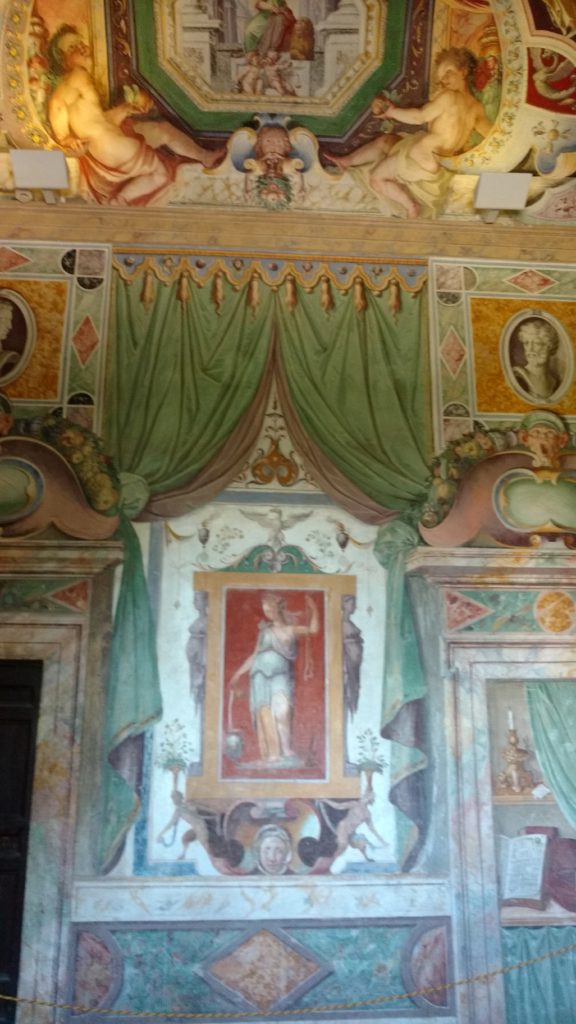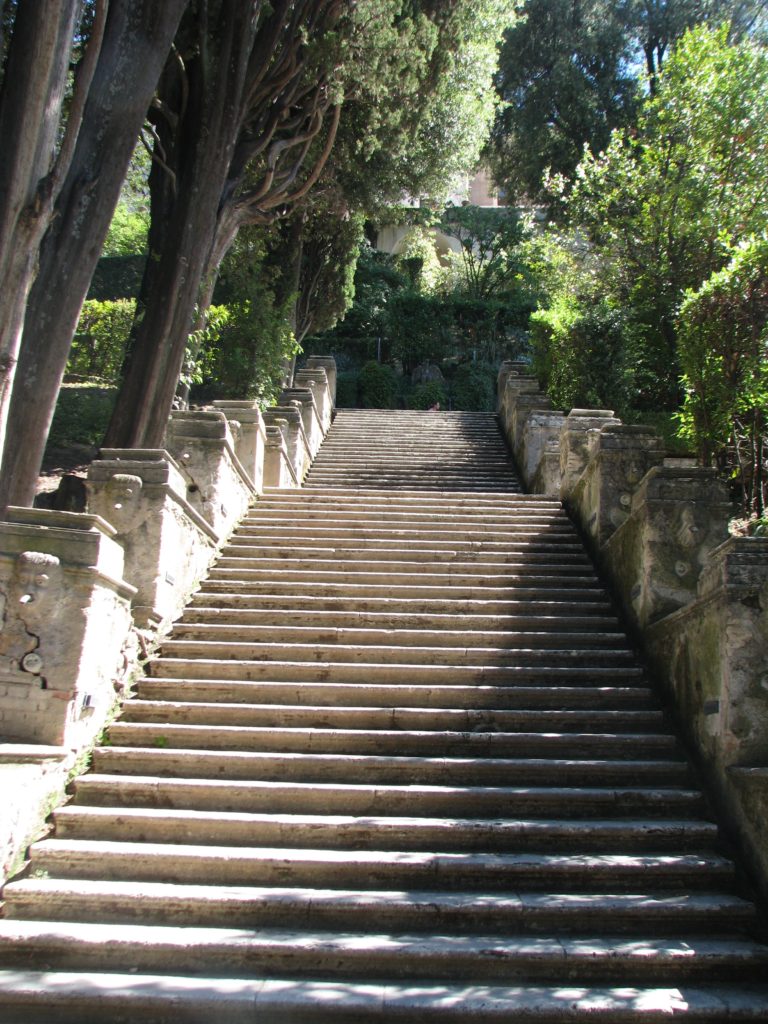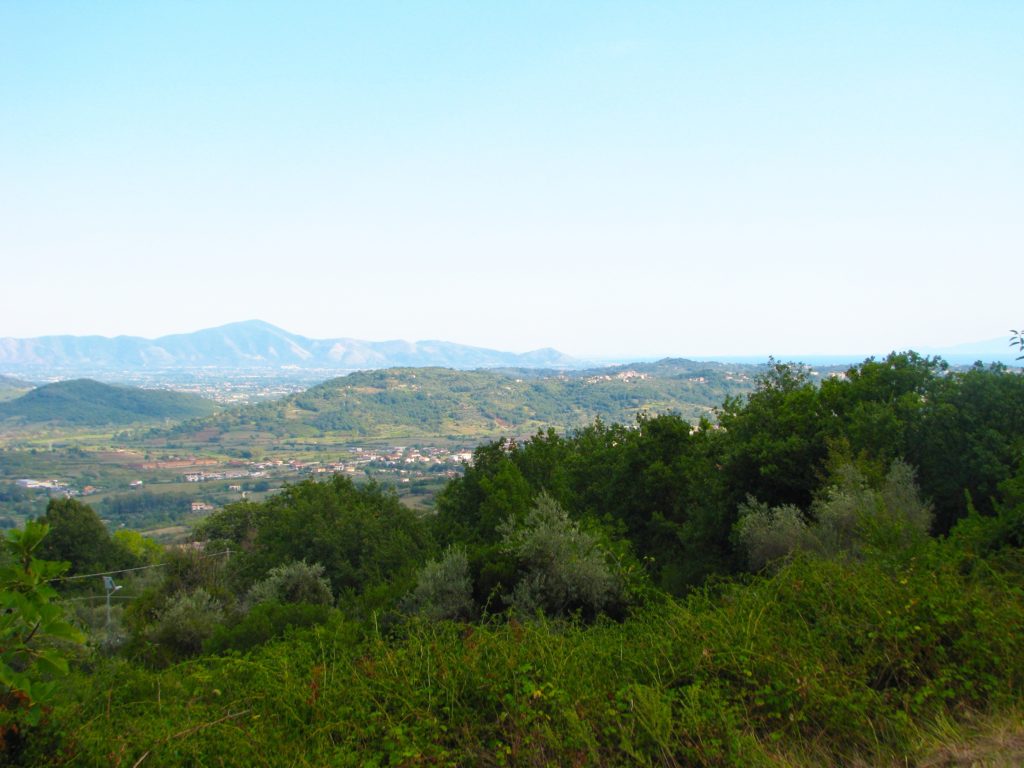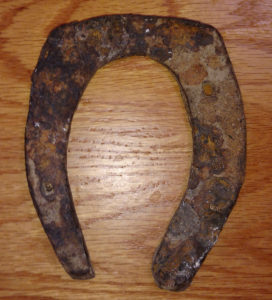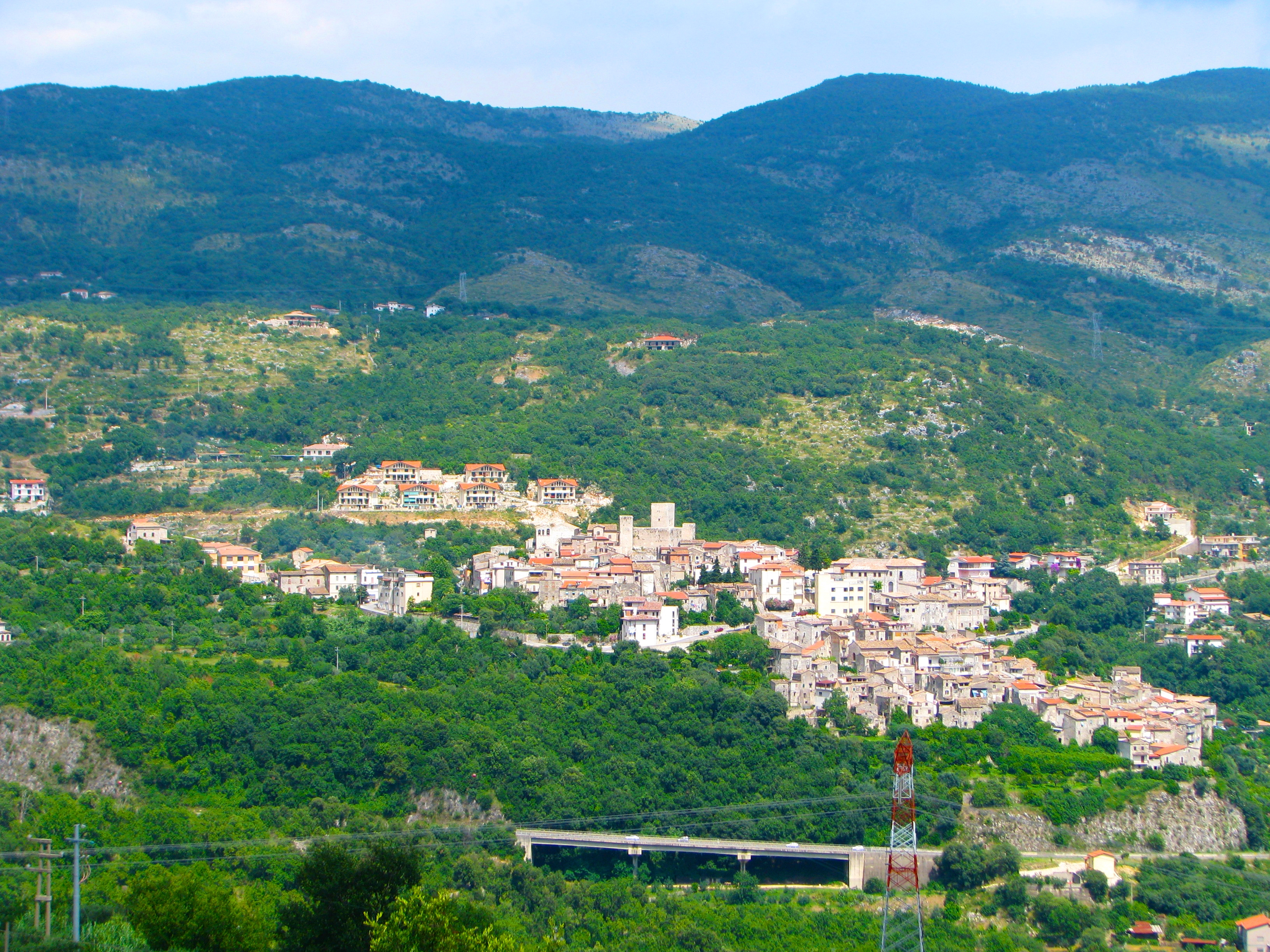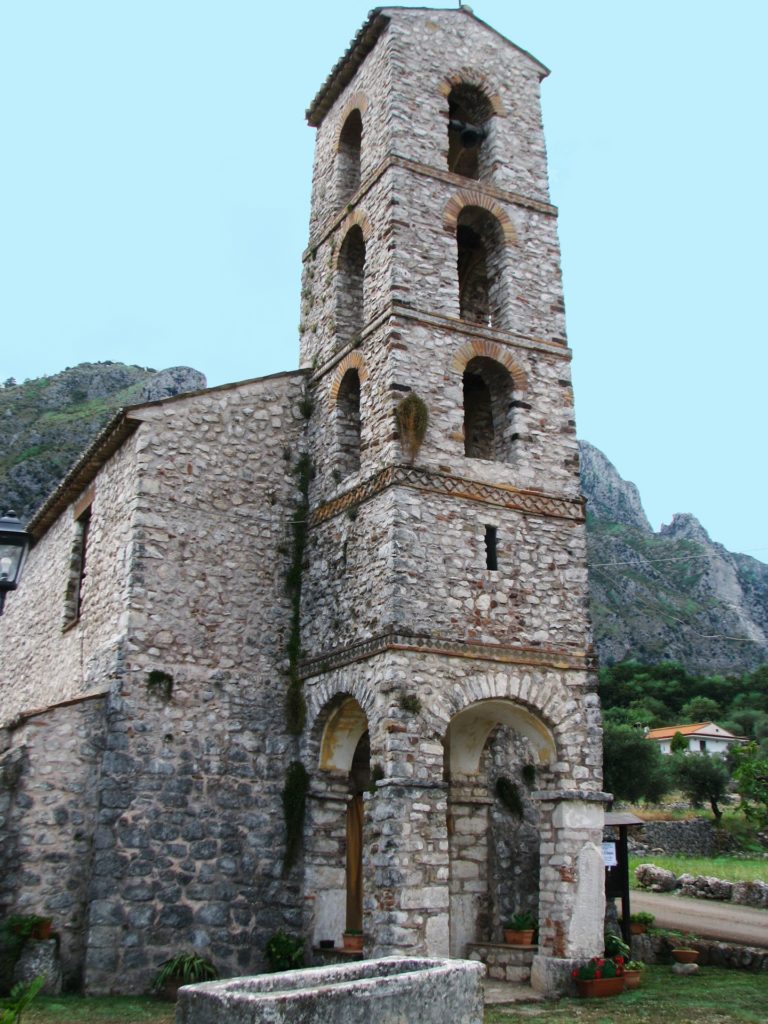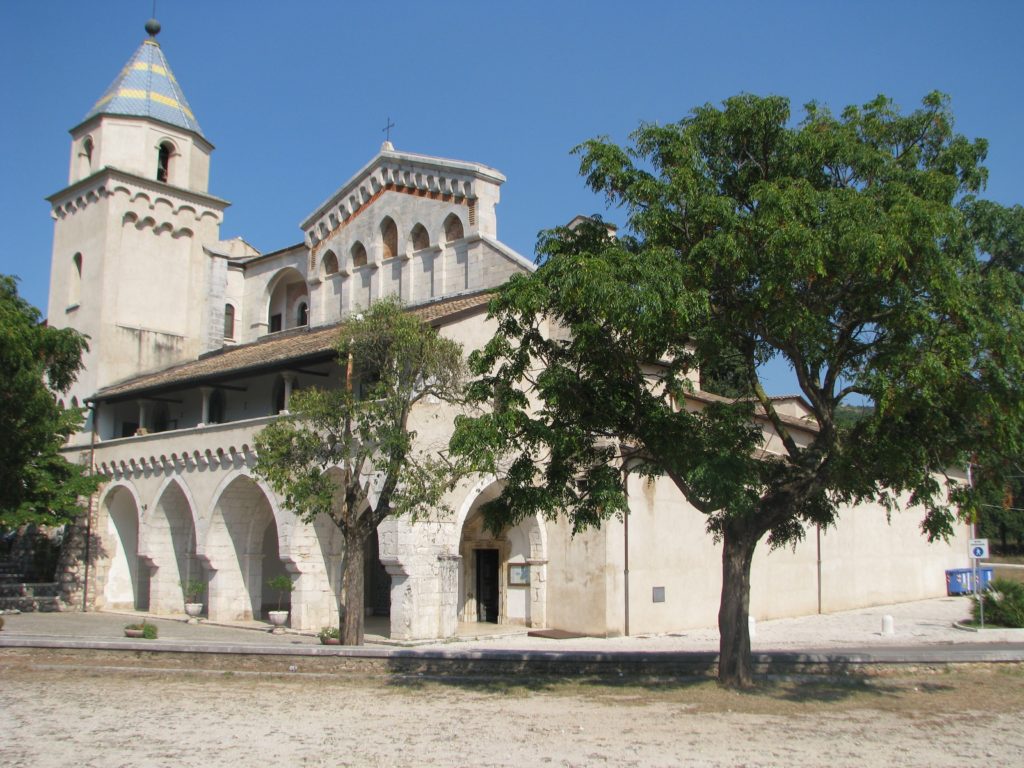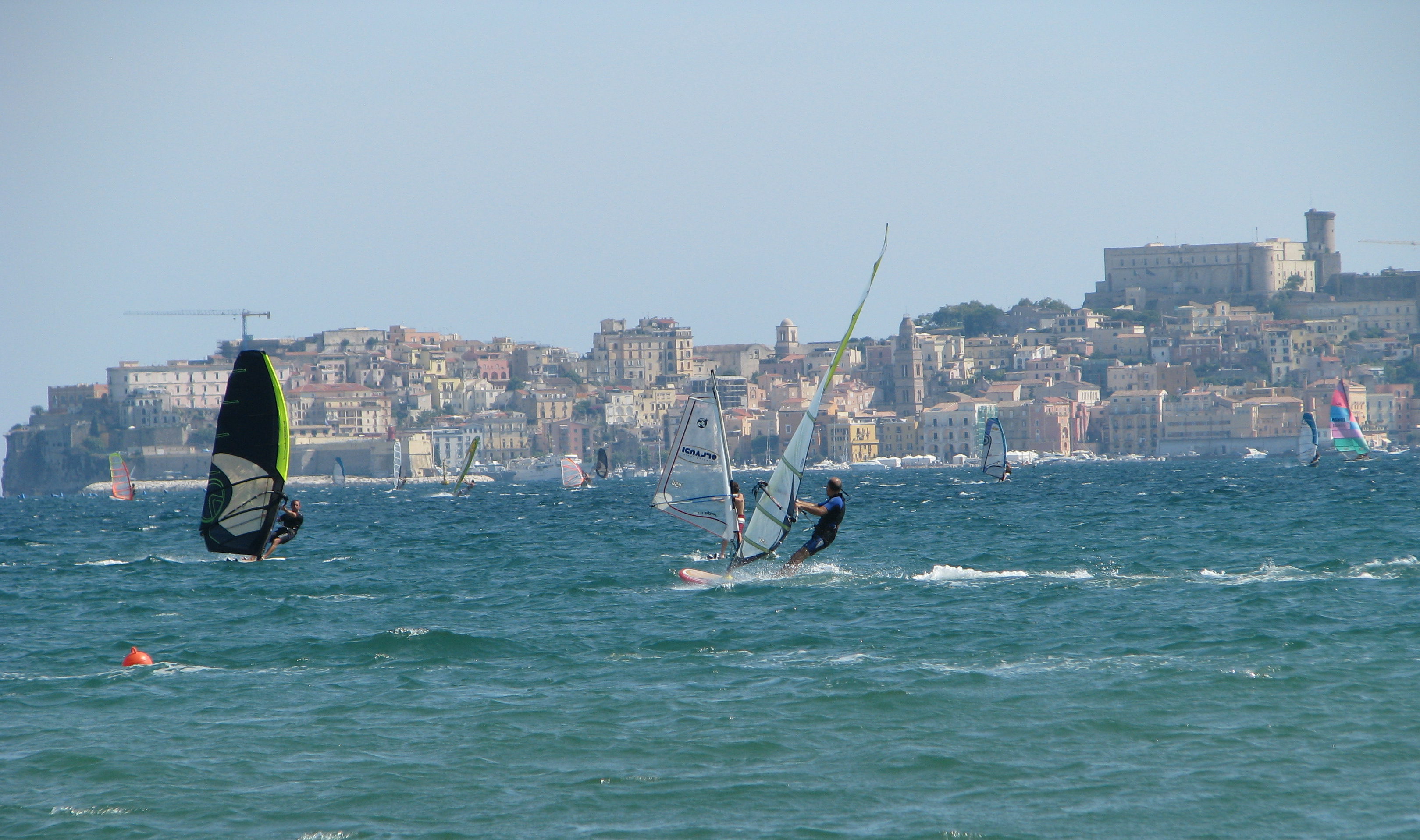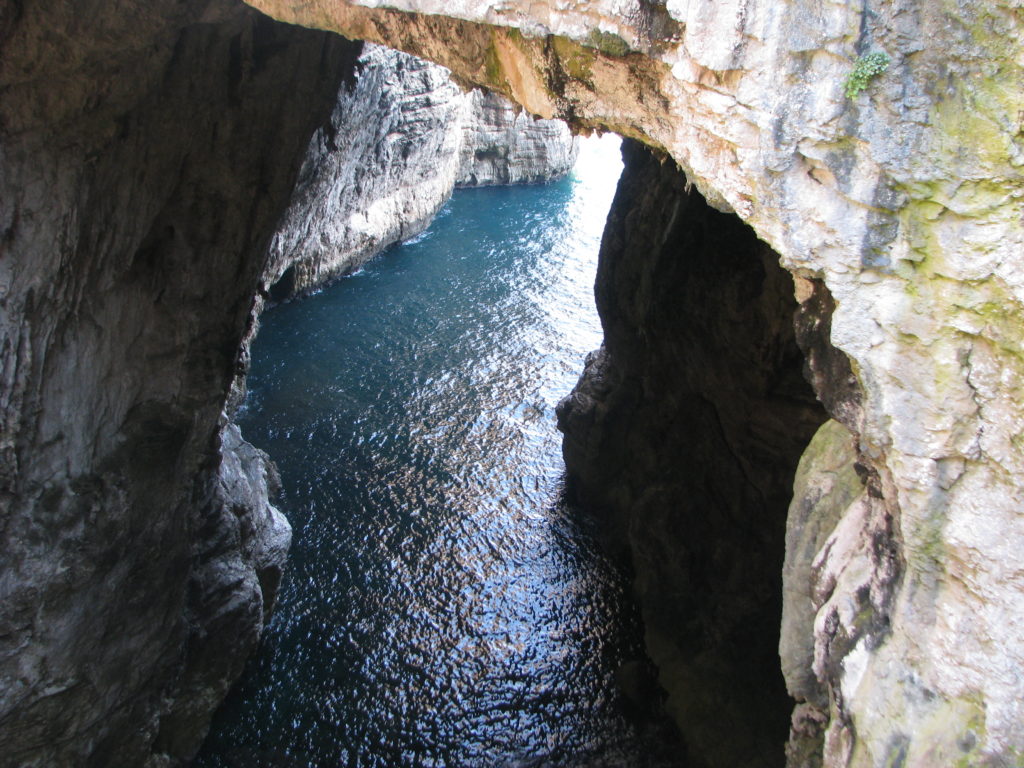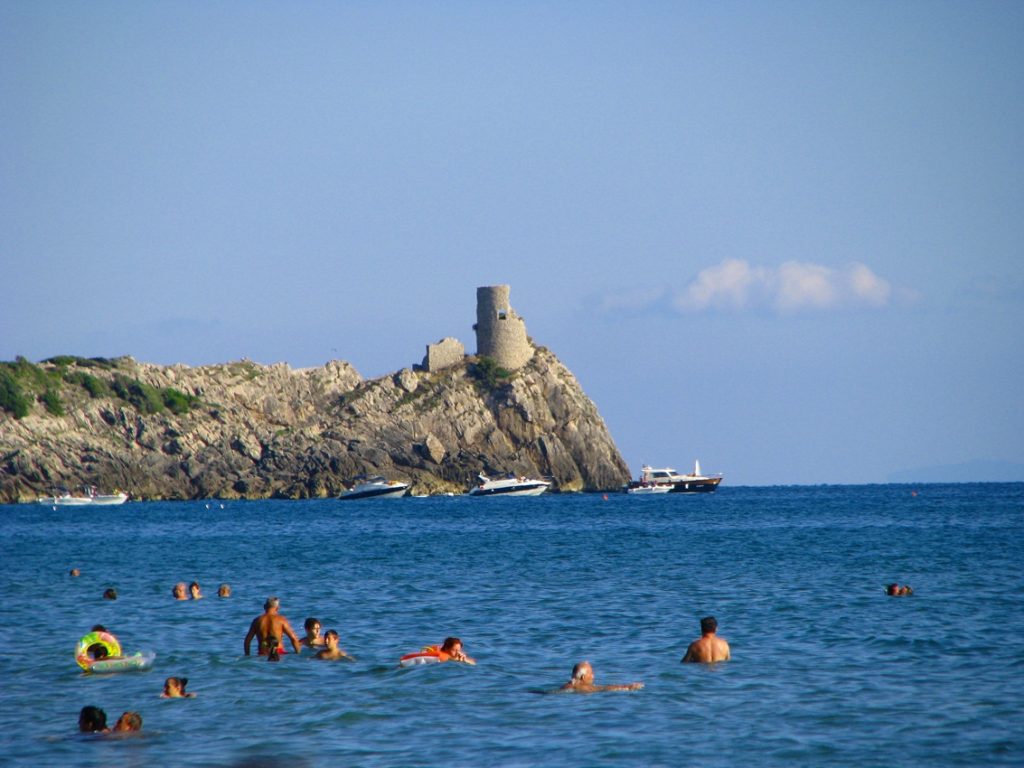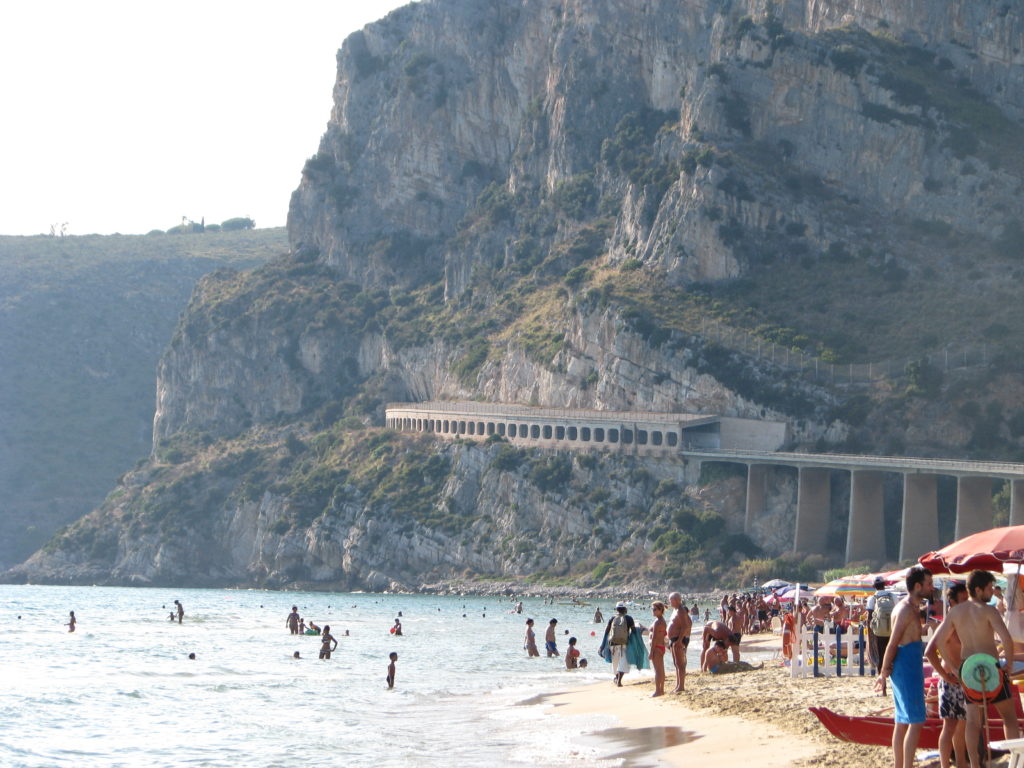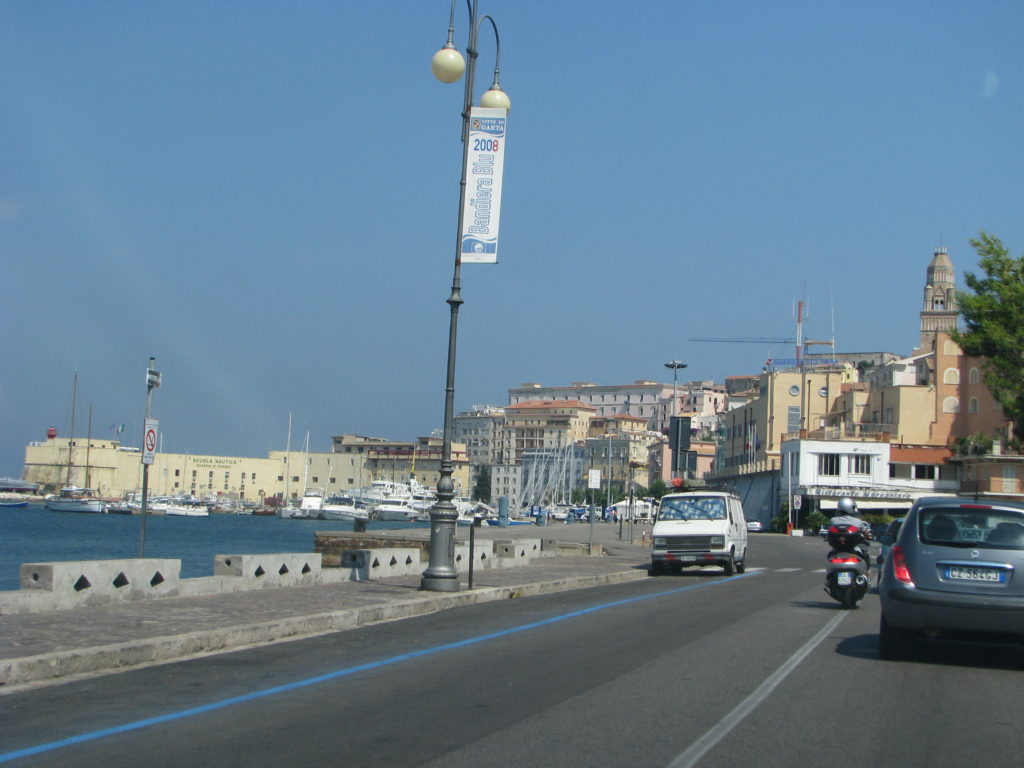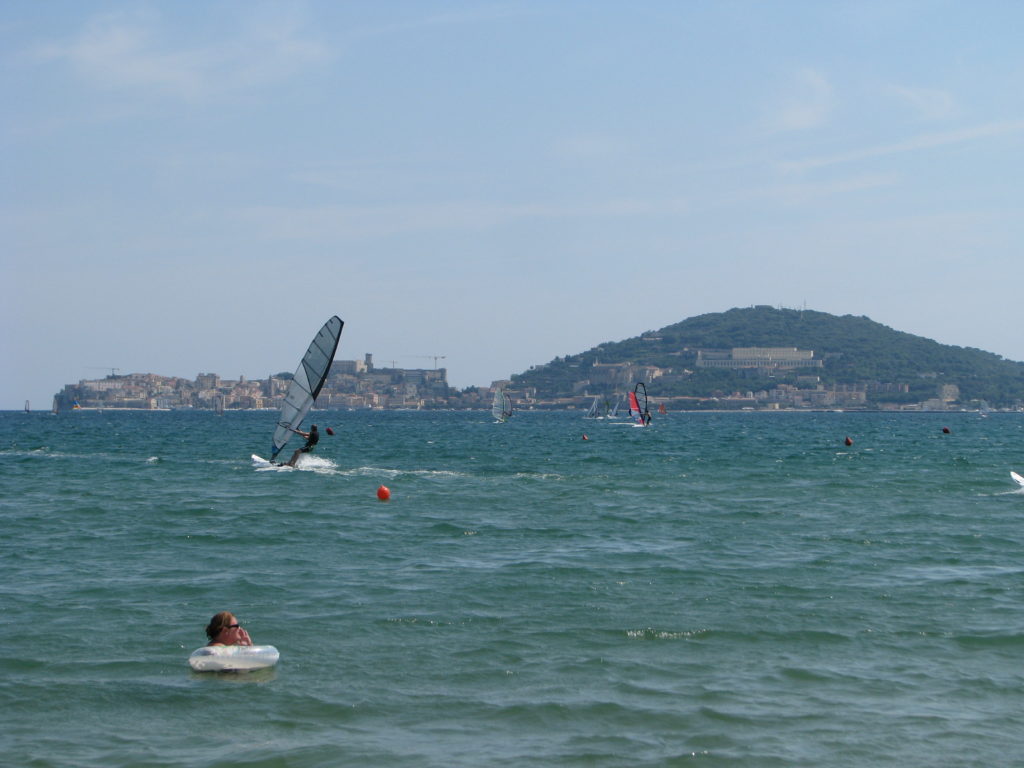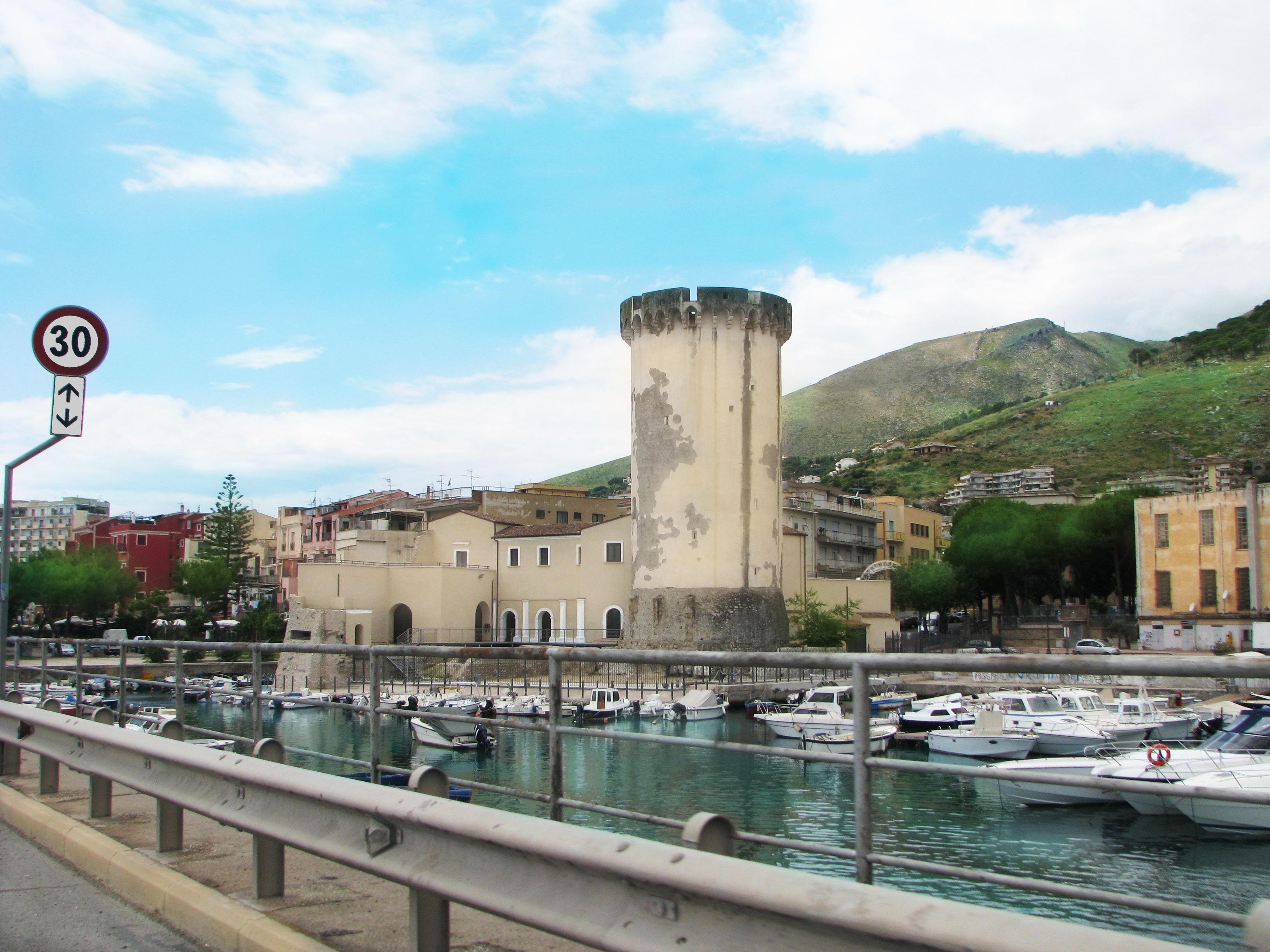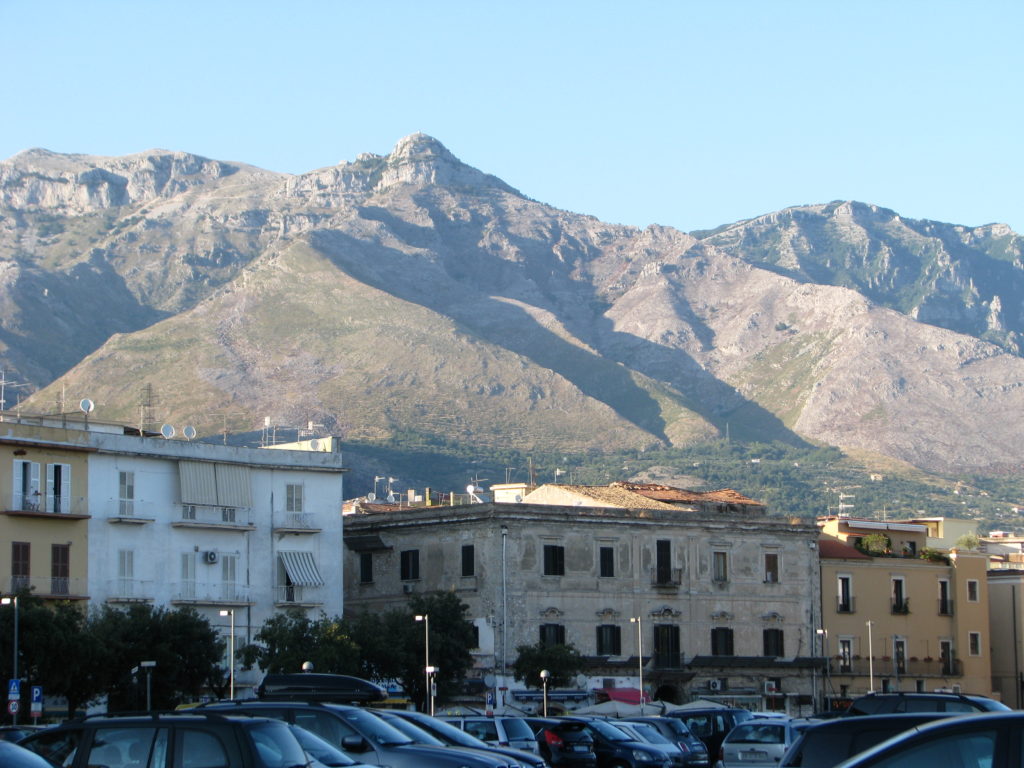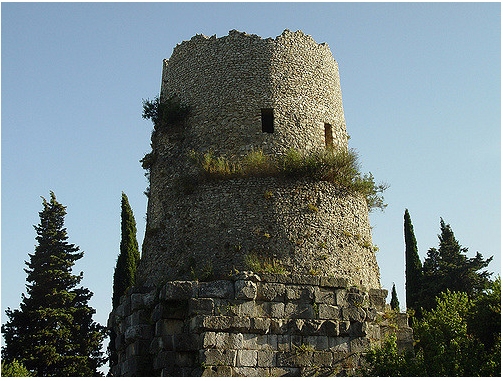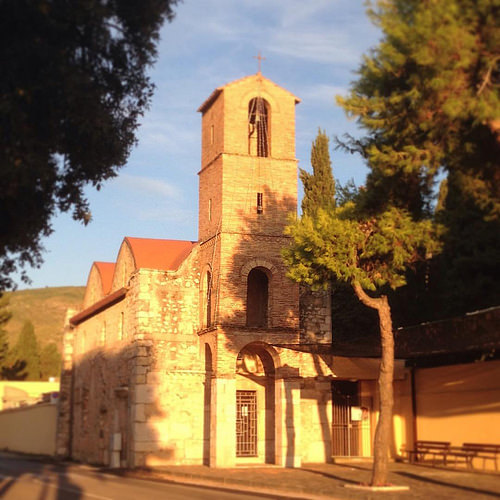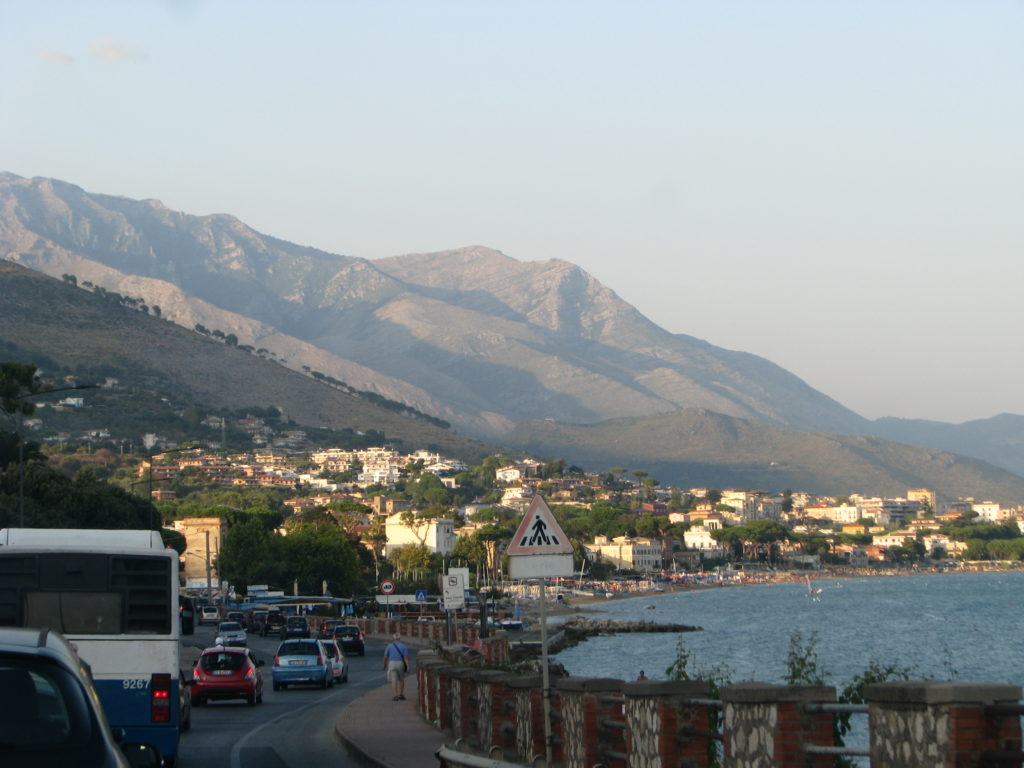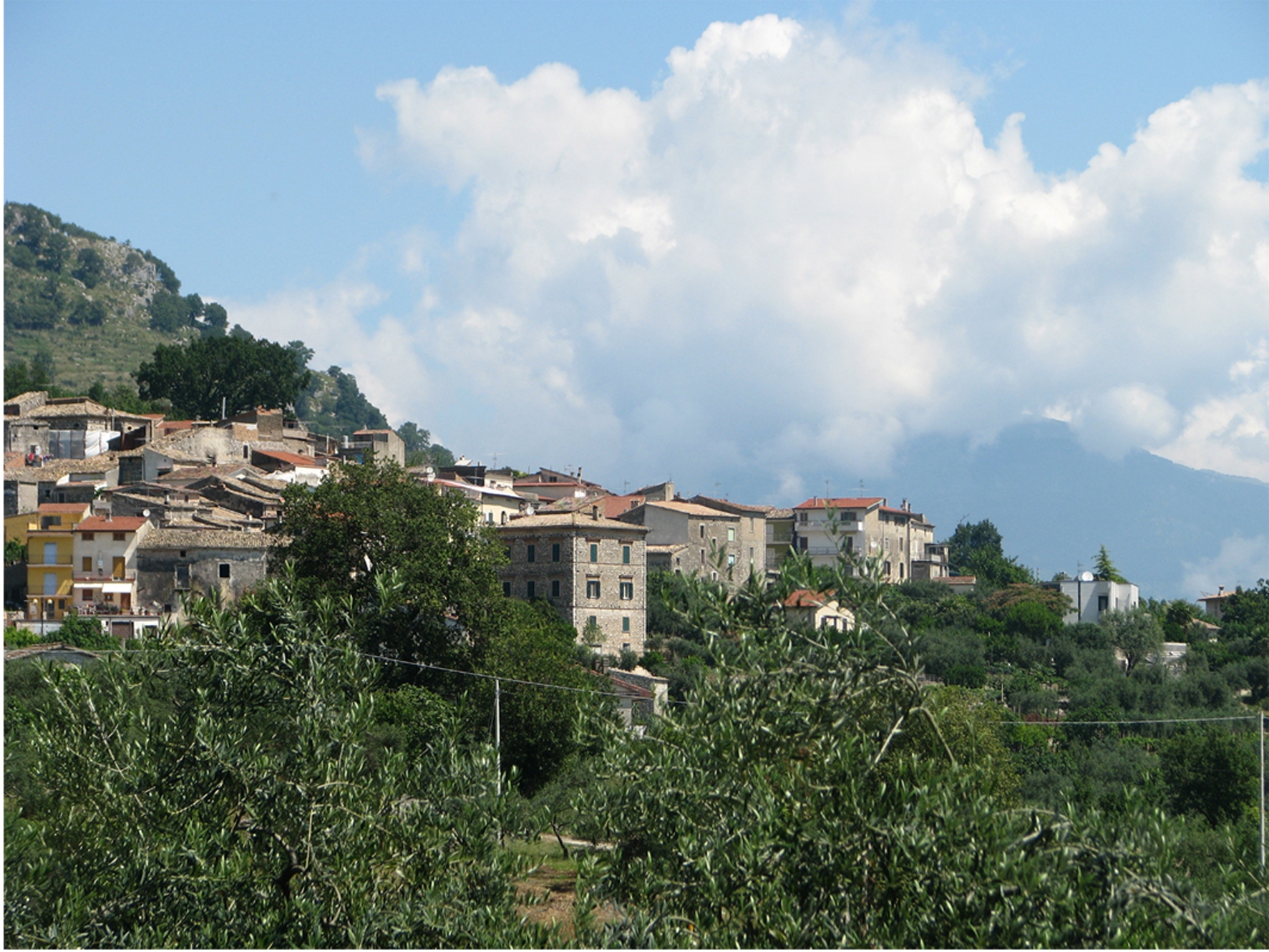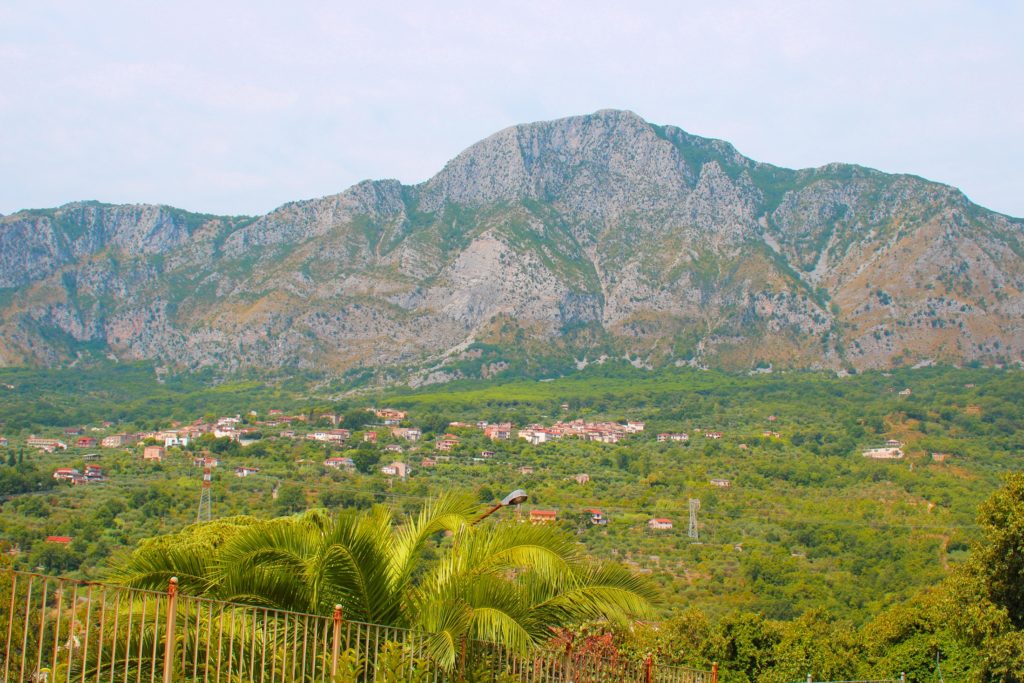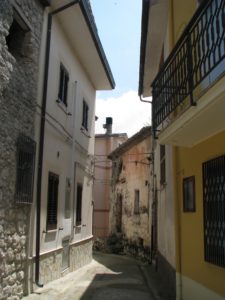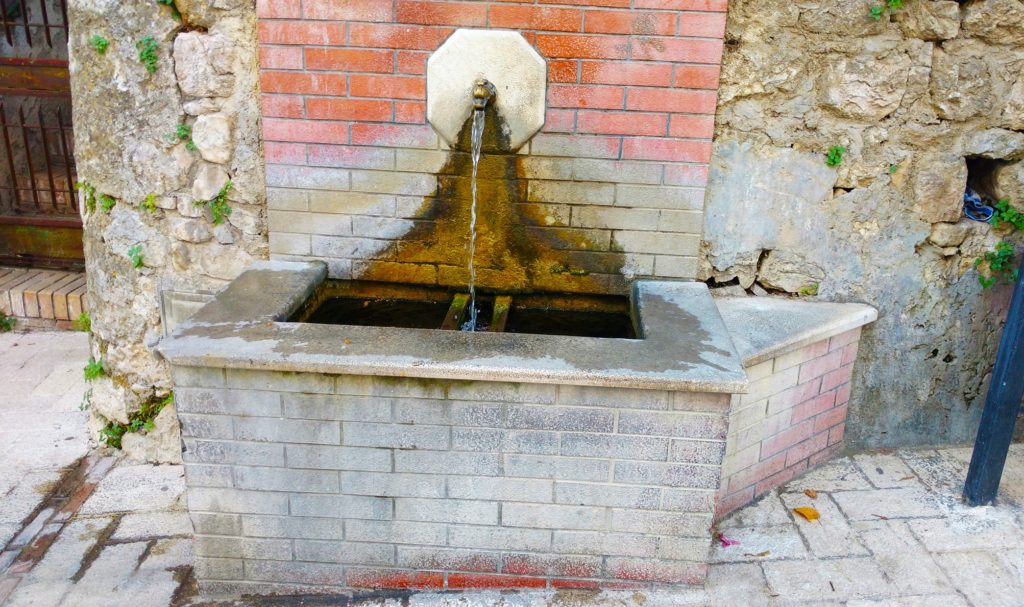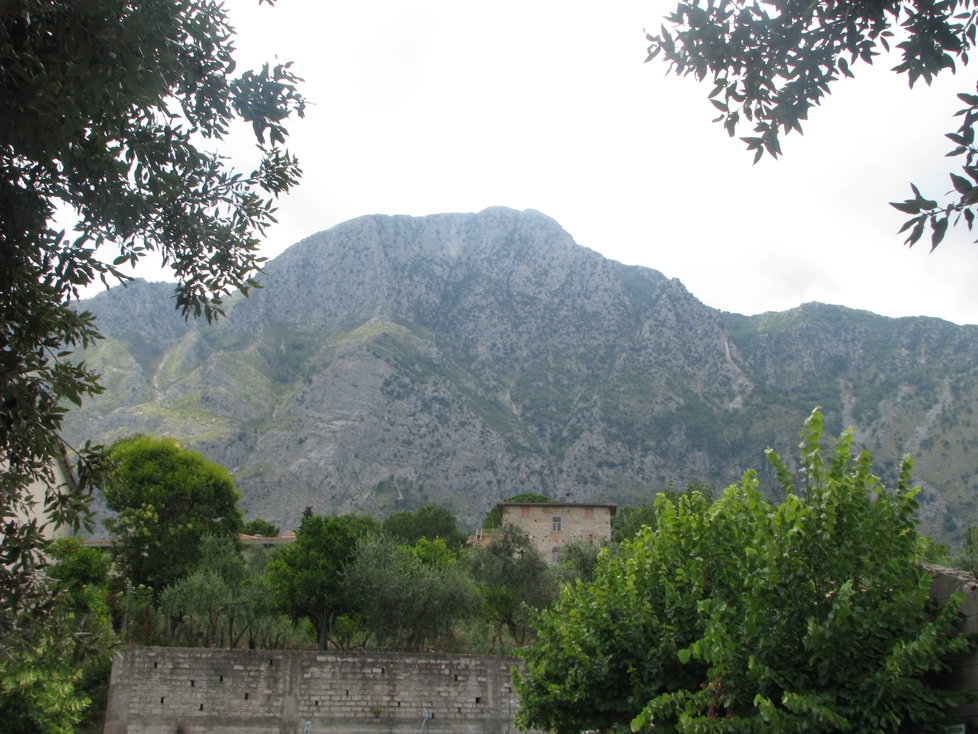So a few weeks ago, while we were in the small town of Selvacava where my father was born, wondering what to do next, I had the brilliant idea of driving to Civita di Bagnoregio, a sort of “ghost town” in the lovely province of Viterbo, north of Rome. Not only was it 3 hours away but it was a very hot summer day, in the 90’s. I have to admit, it was worth it.
Civita di Bagnoregio, also known as “La Citta Che Muore”, or “The Dying City”, is an ancient town in an area called Tuscia, in the Tiber Valley, which was first settled by the Etruscans who chose this area because of the landscape – it is very hilly which made it easier to defend against invaders. It is also the birthplace of St. Bonaventure, a Franciscan monk born during the Middle Ages who became Cardinal and Bishop of Albano.
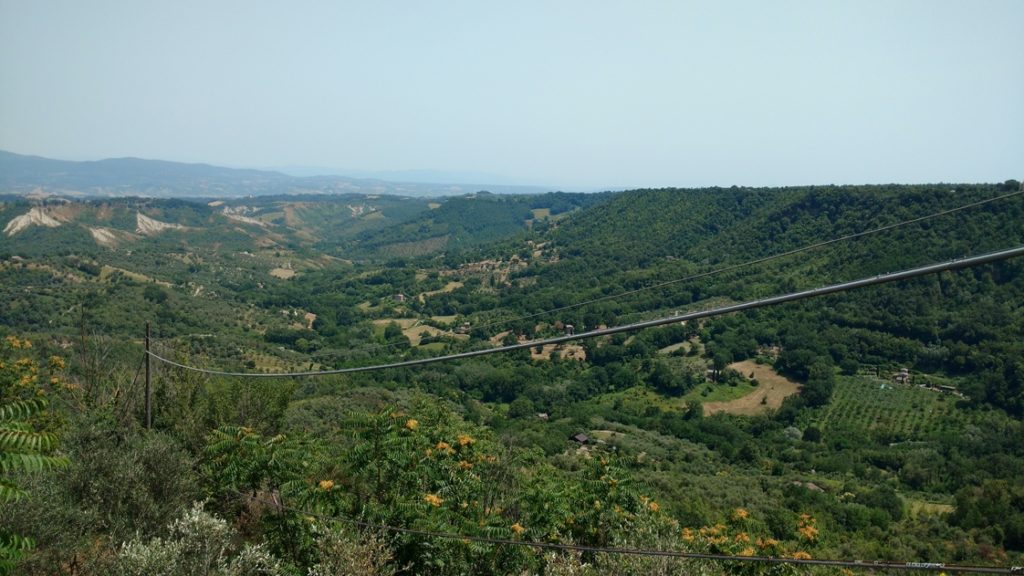
Tiber Valley
When the Etruscans settled here and in the surrounding towns, they built their fortressed towns on these hills made of “tuff”, a porous volcanic rock, and fragile clay, which unfortunately over the centuries have either broken off bit by bit due to landslides and earthquakes, or worn away from the rain. Many of the buildings in Civita are long gone and the land continues to erode, which is why the town is empty except for tourists and a few people who still live there year round, and is on the list of “100 of the Most Endangered Sites”. Thanks to the efforts of the mayor of Civita and the main town of Bagnoregio, tourists are now required to pay a small fee to cross the footbridge which is used to help preserve the town’s beauty. The regional government of Lazio has also pledged to invest in preserving this important site.
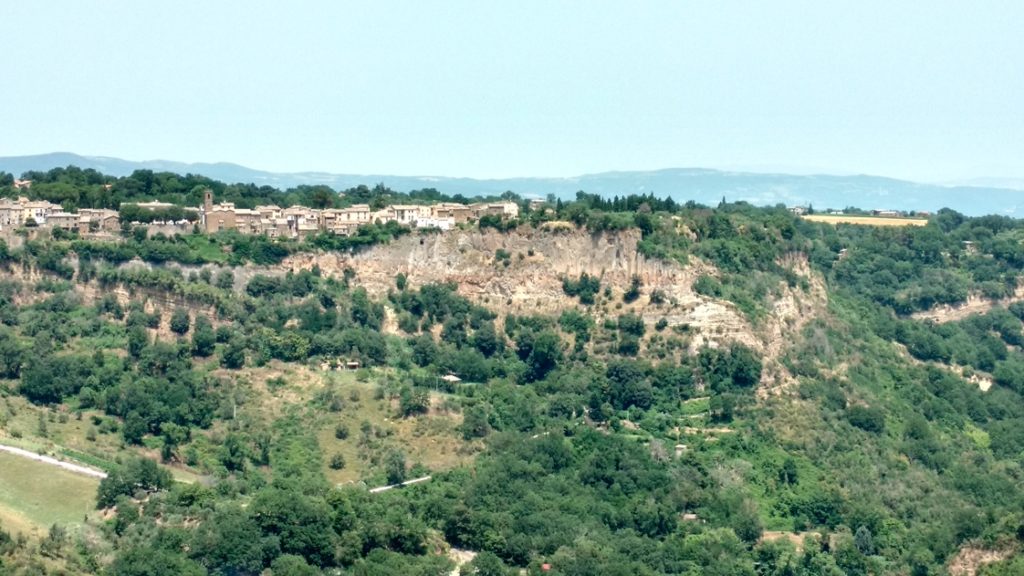
Looking towards the comune of Lubriano from Civita di Bagnoregio
The drive to the province of Viterbo from Selvacava is a long one on the Autostrada A1, which crisscrosses from Lazio into Umbria, but once you get off the Autostrada the road cuts through the peaceful countryside dotted with picturesque medieval towns such as Orte and Vitorchiano.
When you arrive in the main town of Bagnoregio, you find yourself driving along narrow cobblestone streets, as in many small towns in Italy, hoping that the oversized car you rented (which at the time seemed like a good idea with all the luggage you brought with you thinking about all the homemade cheese and olive oil you would take back with you) will not scrape along any of the buildings as you drive past them. It is a pretty little town filled with little shops and restaurants, and homes, most of which were built during the Middle Ages. There are not many hotels within the town itself but you can find many houses and apartments for renting short term in the surrounding towns.

In order to get to the actual site of the ghost town, which is a suburb of Bagnoregio, you have to drive all the way to the end of the road and park your car in a parking lot. Stop at the restroom (WC) now, if you have to, which by the way you have to pay to go in, because it is a long walk to get to the hill. From there you walk down to the ticket office, then walk along a long bridge to the hilltop because no cars are allowed at the site to prevent further damage, and believe me, when I say long I mean a long road going uphill all the way. There is even a small first aid cart that rides up and down this bridge in case someone is in distress. I had to stop a few times to drink some water and catch my breath!
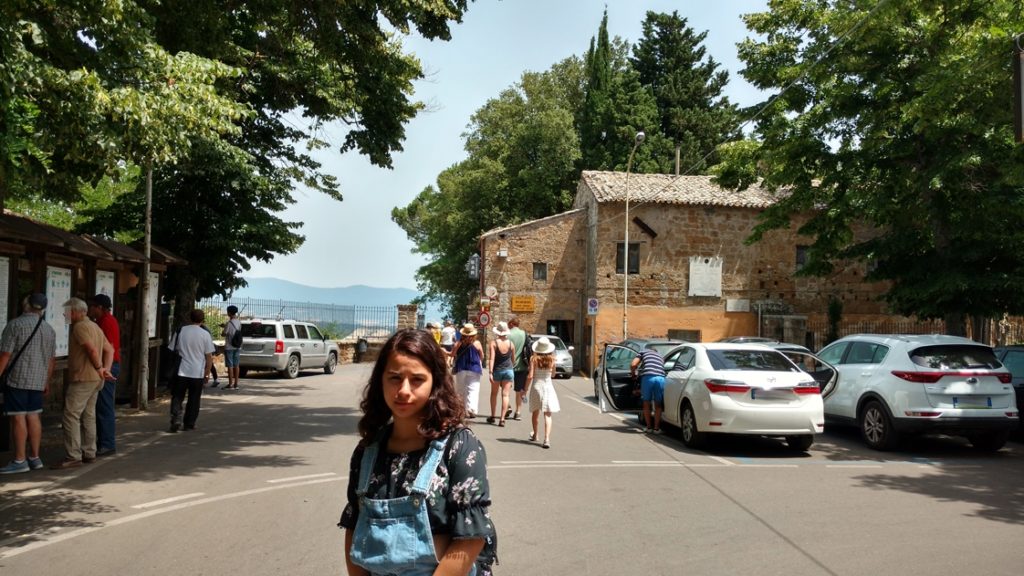
Parking lot near ticket office
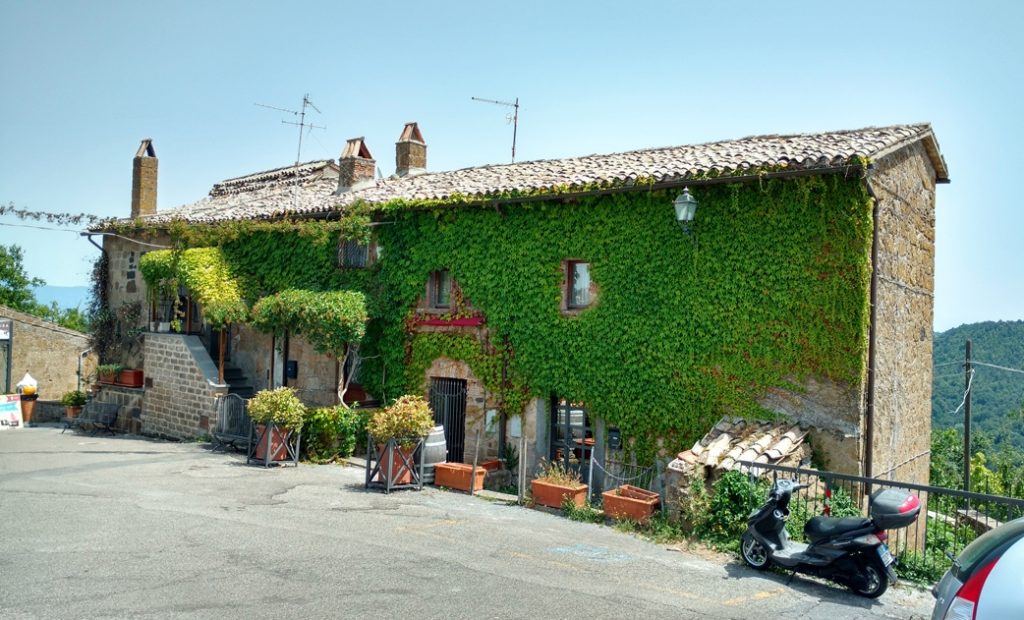
Town of Bagnoregio
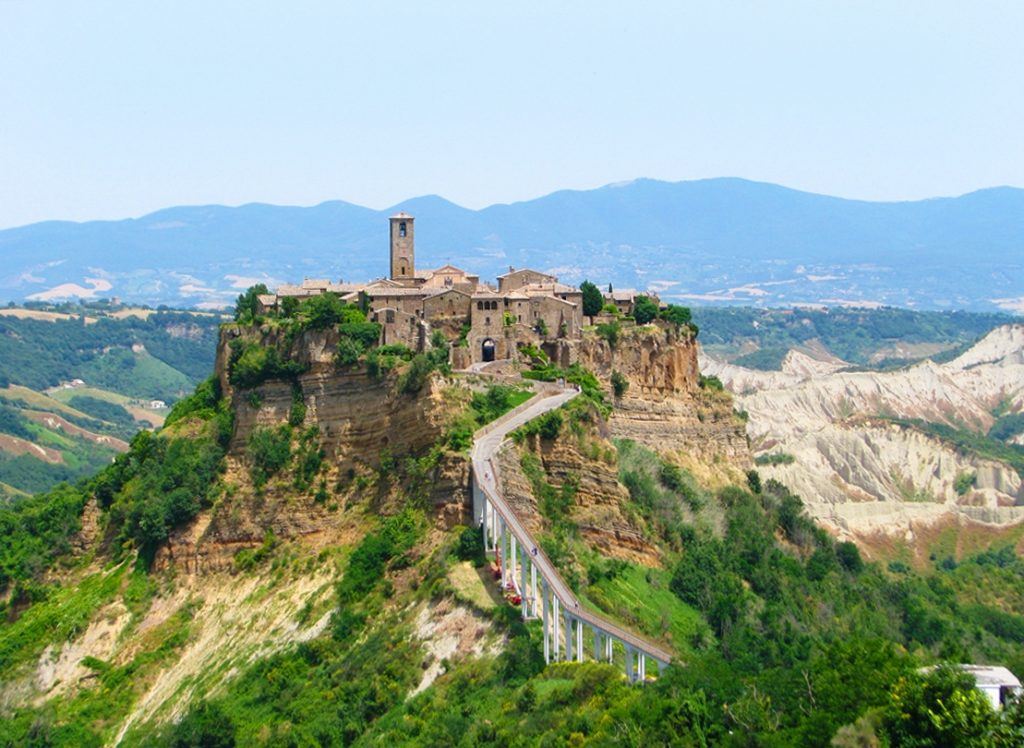
Civita di Bagnoregio, view from the rest area
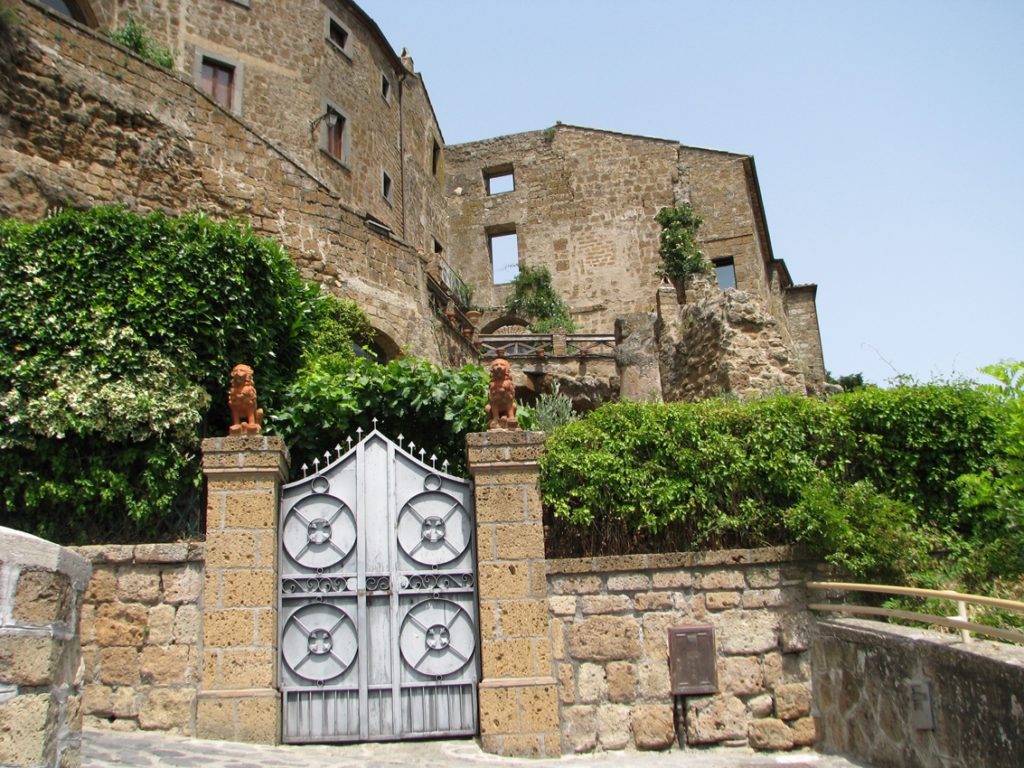
Front gate to one of the houses in Civita di Bagnoregio
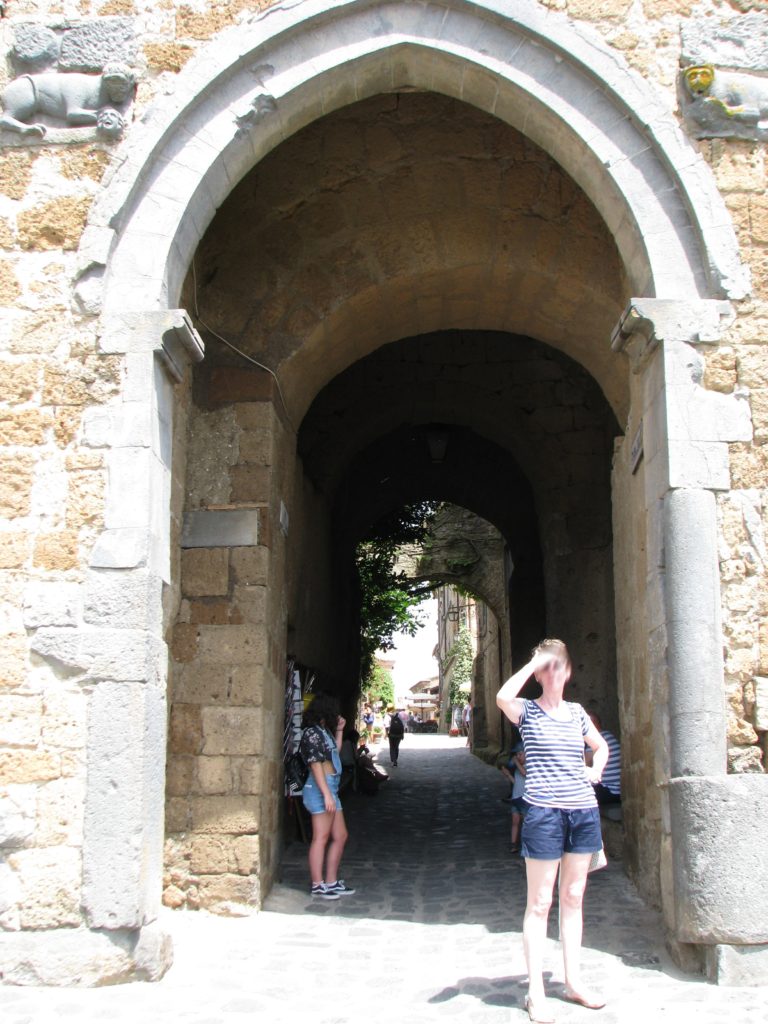
Santa Maria doorway
As I walked within this medieval town on this hot and sunny afternoon, I felt like I was being transported back in time, only to be brought back by the sudden appearance of a souvenir store. There are also several cafes and small restaurants along the way, with tourists, many tourists, snapping photos and filling their water bottles at the water fountain in the piazza where the church of San Donato can be found.
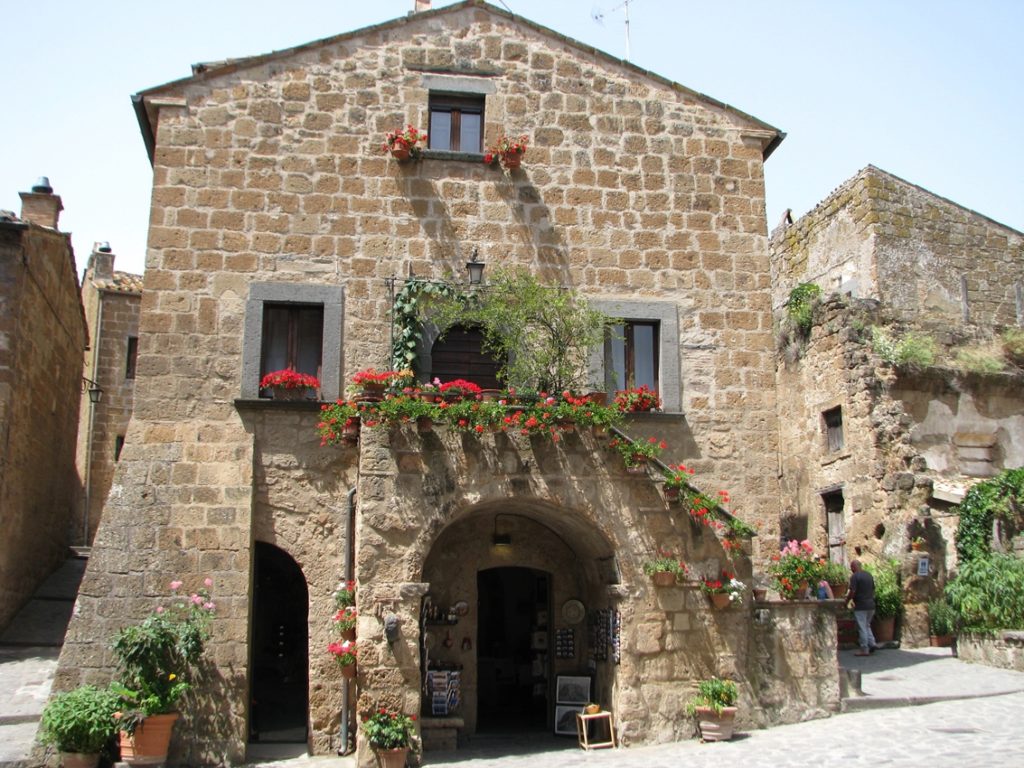
Souvenir store in Civita di Bagnoregio, Province of Viterbo
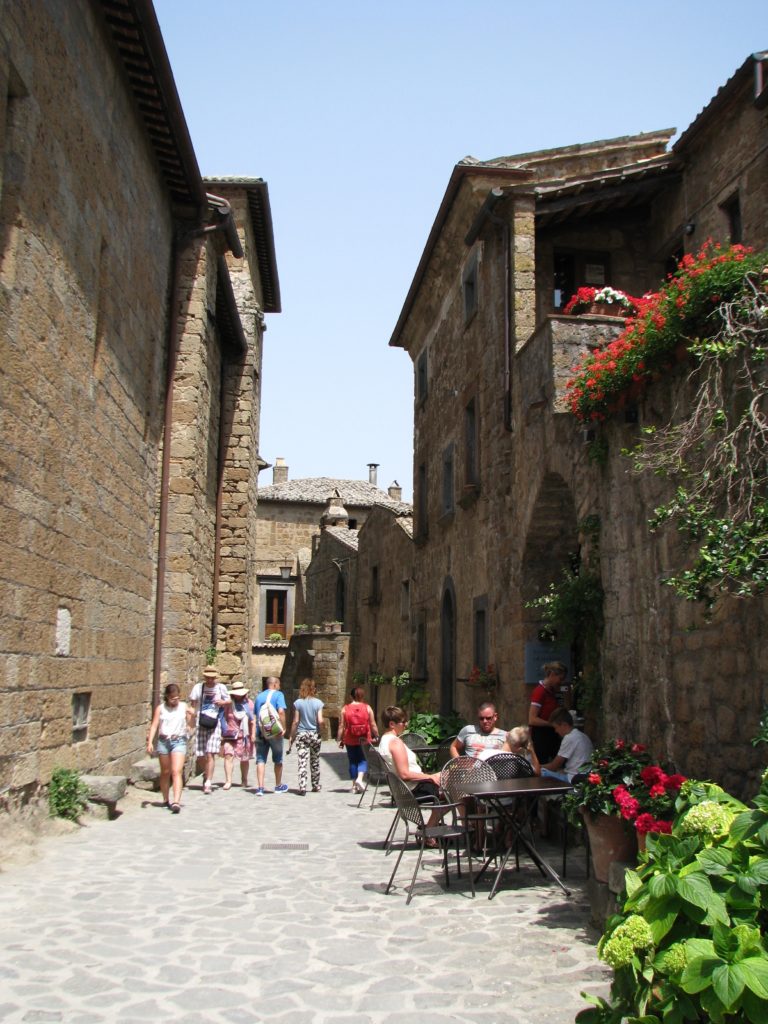
Tourists hanging out in one of the cafes
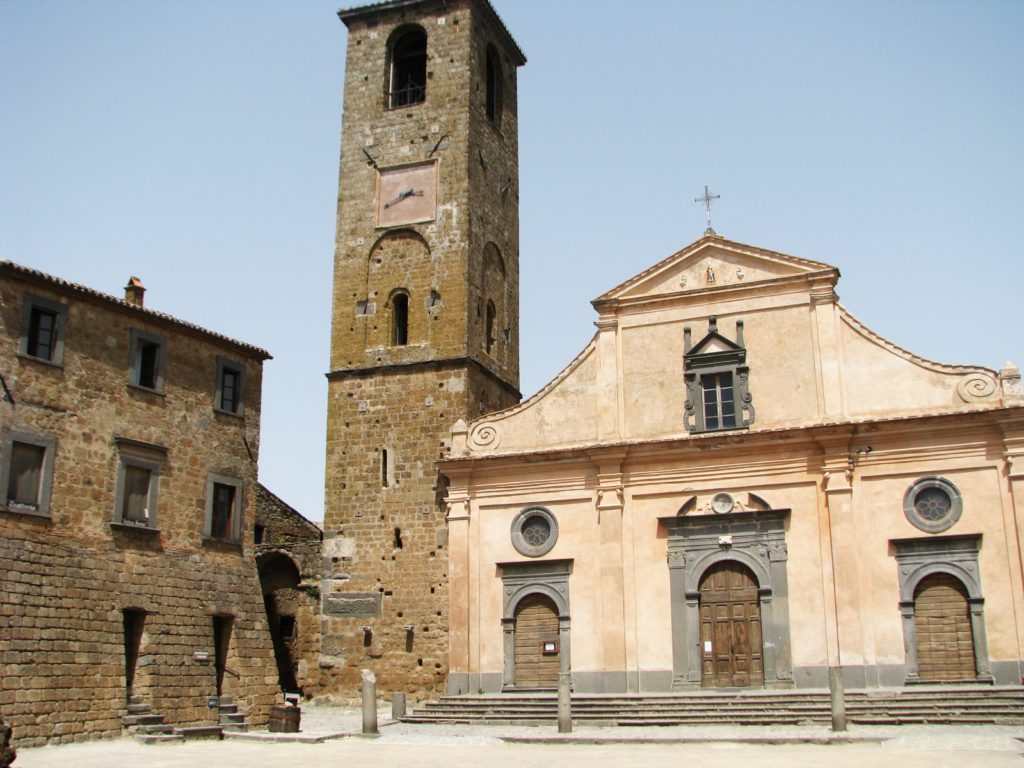
Church of San Donato


Wooden door to one of the buildings
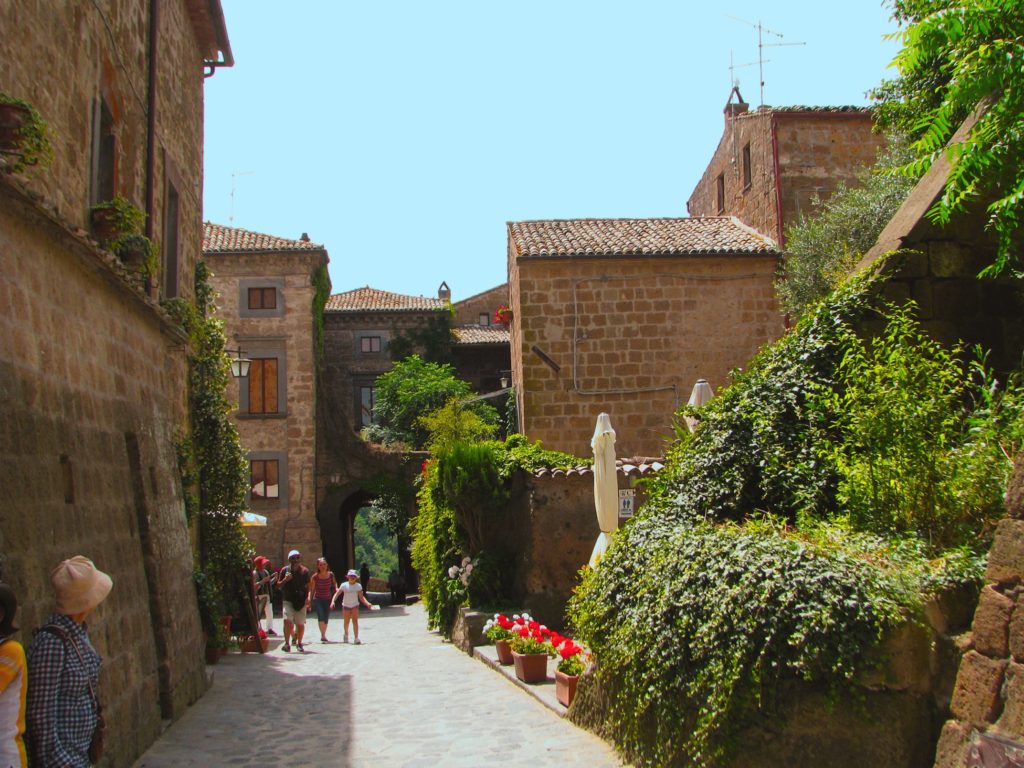
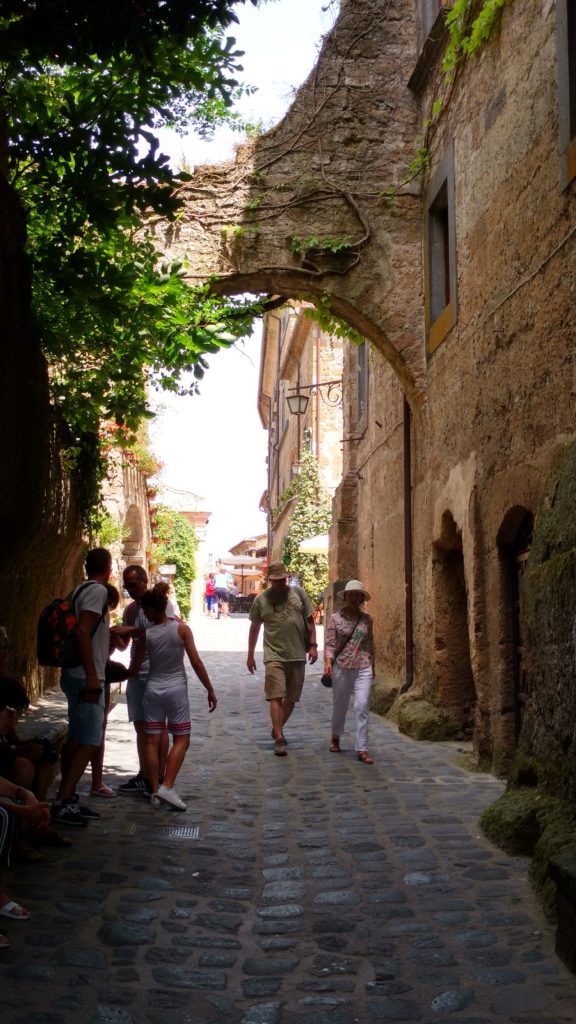
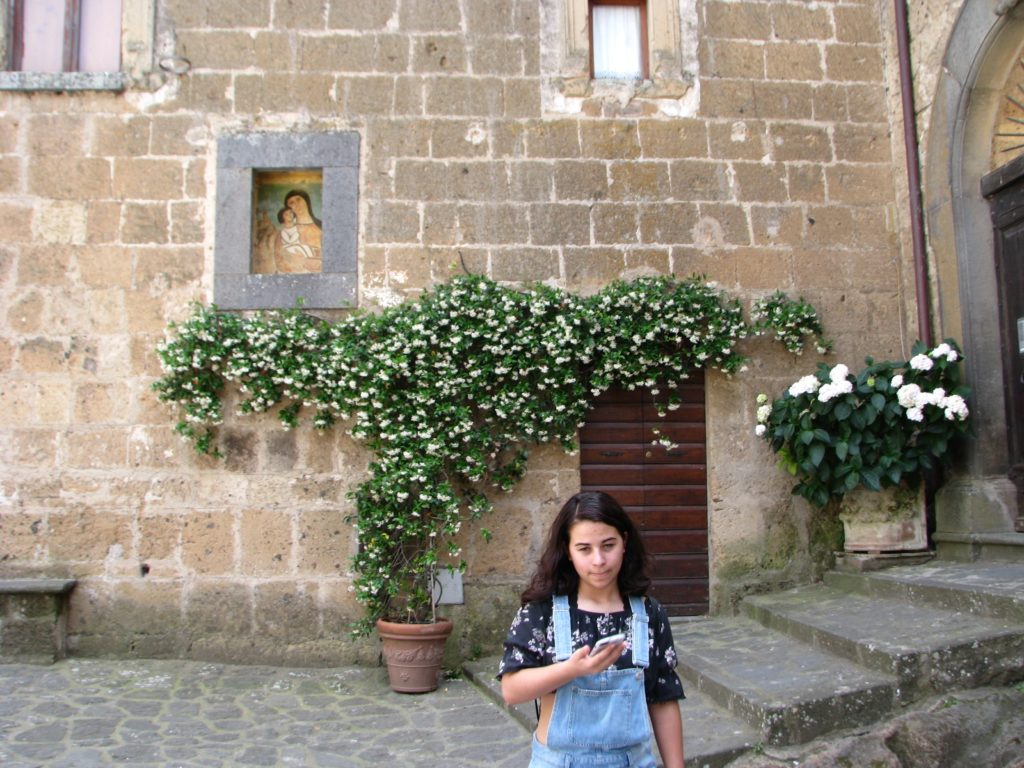
As I said before, I picked a very hot summer day to visit so it was not very pleasant walking up the long road. My advice is to go during the spring or fall when temperatures are a little cooler.
For tour arrangements, go to Civita di Bagnoregio Tours.
Join my mailing list so that you can have new posts delivered right to your inbox!

